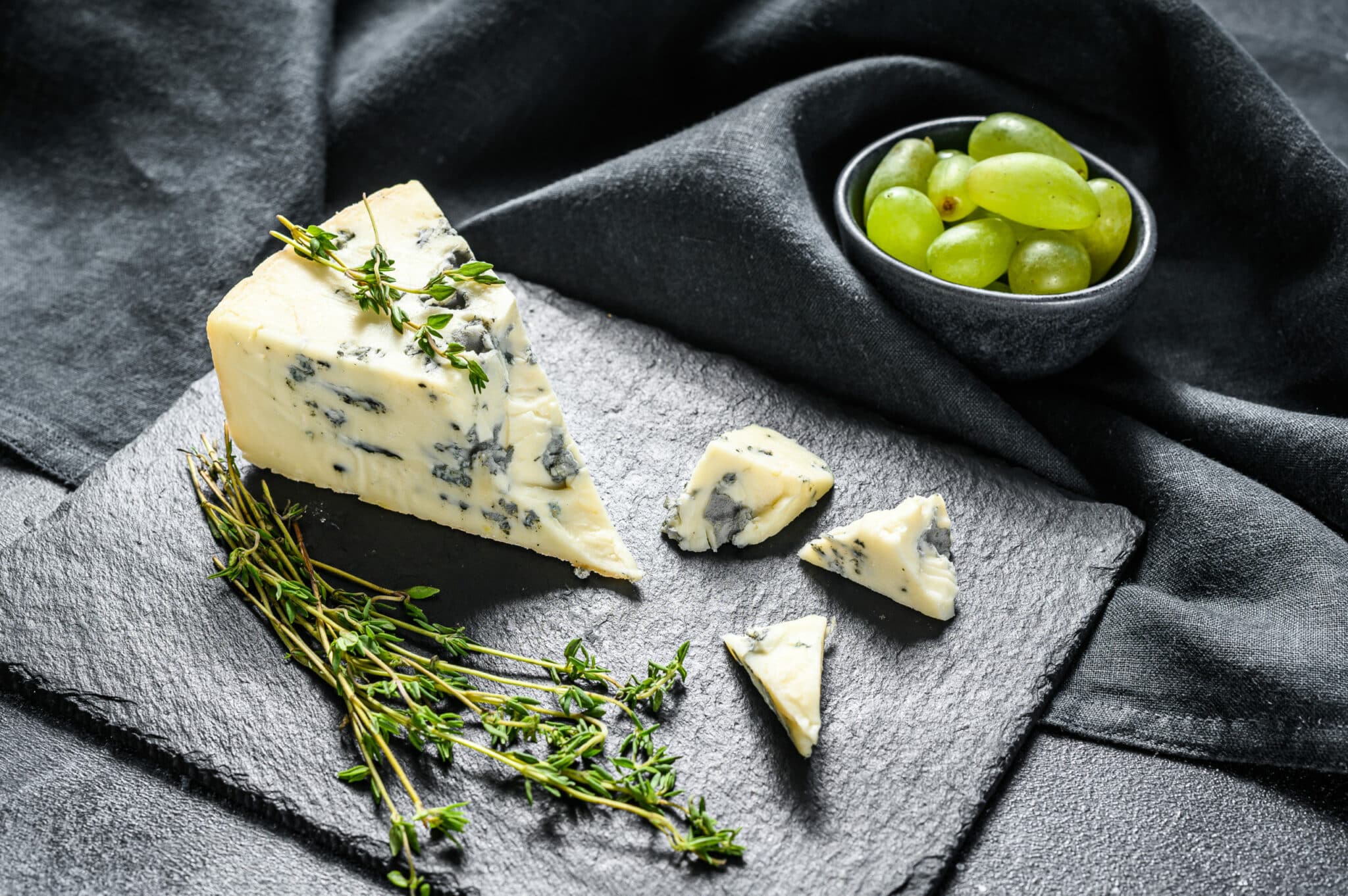You cant mention a sharp cheese without mentioning Gorgonzola cheese. This cheese is an Italian blue cheese with a strong flavor produced from cow’s milk.
Gorgonzola cheese possesses a soft and crumbly yet creamy texture, as well as its rich flavor, making it ideal for crumbling or spreading on salads, bread, or crackers.
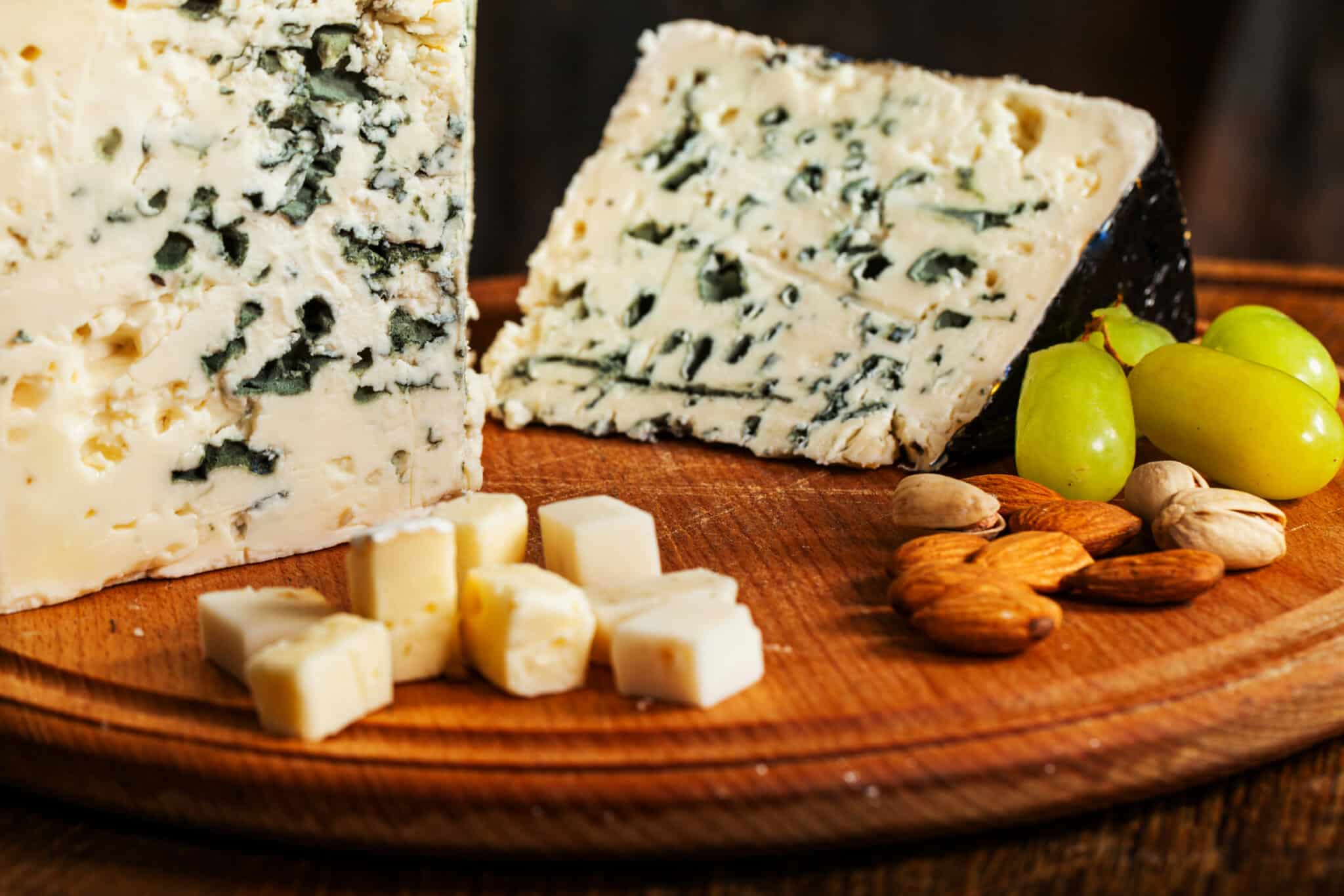
Yes, gorgonzola cheese is very terrific in some amazing cuisines, but what happens when you need to deliver on a recipe that calls for it, but you can’t get some gorgonzola within your reach.
Don’t fret. I have some befitting alternatives – yes, they’re as amazing – you can use them instead of gorgonzola cheese.
While no other cheese tastes exactly like Gorgonzola, a few others have a similar flavor and texture.
What is gorgonzola cheese
Gorgonzola cheese can be used in various meals, including desserts, soups, spaghetti sausage, salads, and more.
The inclusion of gorgonzola cheese in your dish proves to be a beneficial addition since it contains calcium, iron, and phosphorus, making it a nutritious diet. It also contains lactic ferments, which are necessary for your gut flora protection.
Gorgonzola cheese sometimes tagged blue cheese, is made from cow’s milk and has gentler flavors than other blue cheeses. This cheese has deep origins in Italian artisanship, which still influences production today – setting it distinct from other blue cheeses.
Regular gorgonzola cheese is pasteurized and free of artificial additives and gluten. However, I will consider it a good idea to read the labels. Moreover, you should check the label for any non-vegetarian ingredients – depending on what you want to use.
Gorgonzola cheese uses in recipes
Gorgonzola cheese has a very remarkable flavor that’s quite distinct and milder than other blue cheese like itself. This is why it be considered a popular choice by most folks in the kitchen.
Need more ideas on how to utilize gorgonzola cheese in your favorite recipes fully? Check out this list of interesting recipes you can introduce this sharp cheese in:
- Vegan Gorgonzola
- Peach Salad.
- Fresh Cavatelli Pasta.
- Polenta with Gorgonzola Cheese.
- Bruschetta chicken with Gorgonzola Cheese.
- Rotelle with Walnut-Gorgonzola Sauce.
- Arugula salad with Caramel Onions.
- Fall salad with Pomegranate Dressing.
- Bacon Gorgonzola Cheese Chips.
- Gorgonzola and Pear Salad with Honey.
- Figs Salad.
- Strawberry Salad with Gorgonzola Cheese.
- Gorgonzola Pear Panini.
- Green Bean Salad.
- Roasted Butternut Squash with Gorgonzola Cheese.
- Baked Gorgonzola Bites.
- Pear Gorgonzola Pizza.
- Fig and Gorgonzola Savouries.
- Zucchini Chips with Gorgonzola Cheese.
- Christmas Sprouts in Gorgonzola Cheese.
Gorgonzola cheese substitutes
Gorgonzola is an Italian blue cheese with a strong flavor manufactured from cow’s milk. Its soft and crumbly yet creamy consistency, as well as its rich flavor, make it ideal for crumbling or spreading on salads, bread, or crackers. While no other cheese tastes exactly like Gorgonzola, a few others have a similar flavor and texture.
So you don’t need to stress if you can’t locate Gorgonzola cheese in a supermarket or grocery near you or if the cheese seems to be quite overpriced. So many cheeses can be substituted for gorgonzola cheese.
Gorgonzola dolce
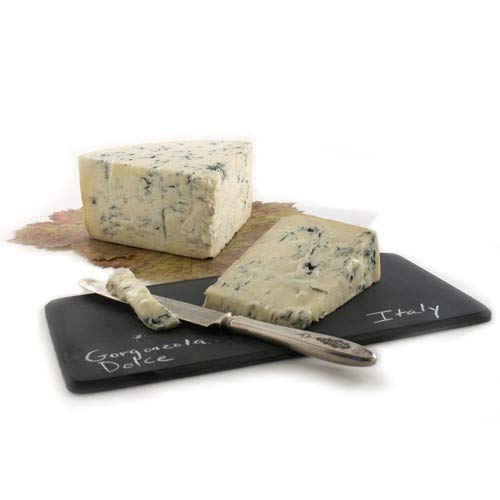
Looking for a reliable gorgonzola substitute? Yes! The one for you is gorgonzola dolce – it means “sweet gorgonzola” in Italian. It is practically a milder version of the original.
Gorgonzola and gorgonzola dolce are almost equivalent in any recipe that calls for them, making them well-interchangeable
Gorgonzola dolce is a soft, buttery pasteurized cow’s milk cheese. It’s sweeter and less intense than Gorgonzola, so it’s a great substitute if you don’t like the taste of the typical gorgonzola cheese.
Notably, gorgonzola dolce has a delicate yellow tint and a melty texture, with blue and green veins sprinkled throughout – and it has a somewhat softer texture than Gorgonzola.
Furthermore, if you want to develop its qualities truly, it must be aged for at least 45 days.
Goat cheese
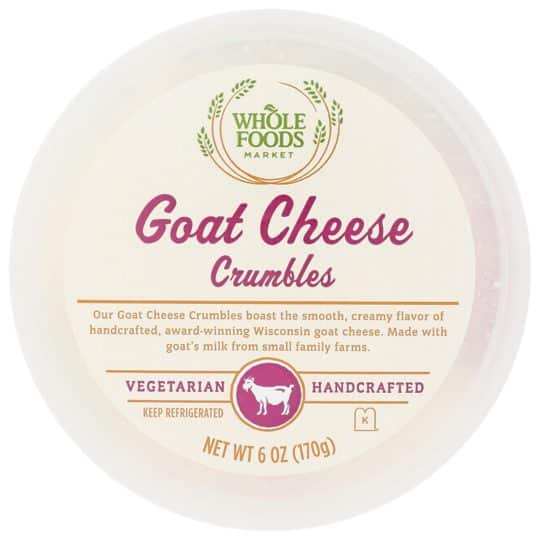
Goat cheese is another fantastic substitute for gorgonzola cheese in your recipes. Although goat cheese lacks the tenacity of gorgonzola cheese, it adds a creamier texture to dishes.
Moreover, goat’s cheese offers the advantage of having a lower fat content – making it ideal for those attempting to eat healthier.
Moreover, goat cheese is a creamy cheese that pairs well with various dishes.
You can crumble goat cheese on salads, use it to spice up a sandwich or a pasta dish, and even put it as a cheese board because it goes well with almost anything.
Roquefort cheese
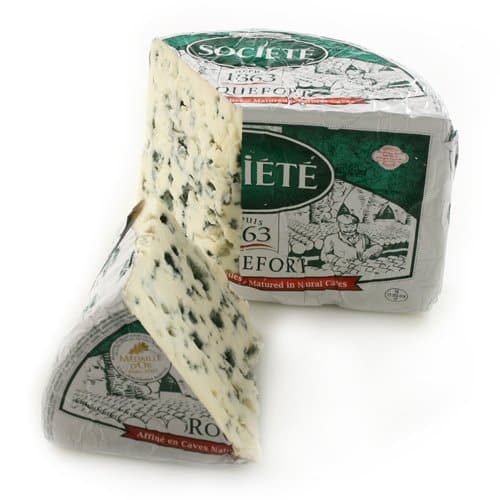
Roquefort cheese is a creamy white cheese made with ewe’s milk. Notably, this cheese is produced from sheep’s milk and derives its name from its birthplace.
Roquefort cheese can be used in place of Gorgonzola in recipes. Compared to gorgonzola cheese, Roquefort is a little creamier and more palatable. Roquefort cheese matures in caves in the dark and requires about nine months of maturing.
Moreover, Roquefort cheese is a crumbly and acidic cheese that tastes similar to gorgonzola cheese.
Frequently asked questions (FAQs)
Is gorgonzola just blue cheese?
Technically, all gorgonzola cheeses are blue, but not all blue cheeses are Gorgonzola.
Blue cheese is a broad category of cheeses prepared with several types of milk, including cow, goat, and sheep’s milk. In contrast, Gorgonzola is a specific blue cheese produced with cow’s milk.
What does gorgonzola smell like?
gorgonzola cheese has a putrid odor caused by mold and bacteria, which also gives the cheese its blue-green veins. Nonetheless, the gorgonzola cheese tastes great in a hearty dish.
What does gorgonzola taste like?
Gorgonzola cheese tastes like a rustic farm in the middle of a lovely, green field. This cheese is salty, earthy, and strong flavored. Notably, the texture can range from creamy and soft to semi-firm and crumbly, depending on how long it’s been matured.
Conclusion
Gorgonzola has a distinct appearance and can be used in various dishes, including risottos, pasta, and pizzas. The white and blue marbling looks exquisite on a comet cheese, and it pairs well with grapes, honey, and pistachios.
Notably, gorgonzola cheese shares most of the same features as comparable cheeses from other cooking styles. The most notable distinctions are intensity and sharpness. So if you are in a pinch – no need to fret – you can adjust your recipe to allow some excellent replacements to fit into it.
